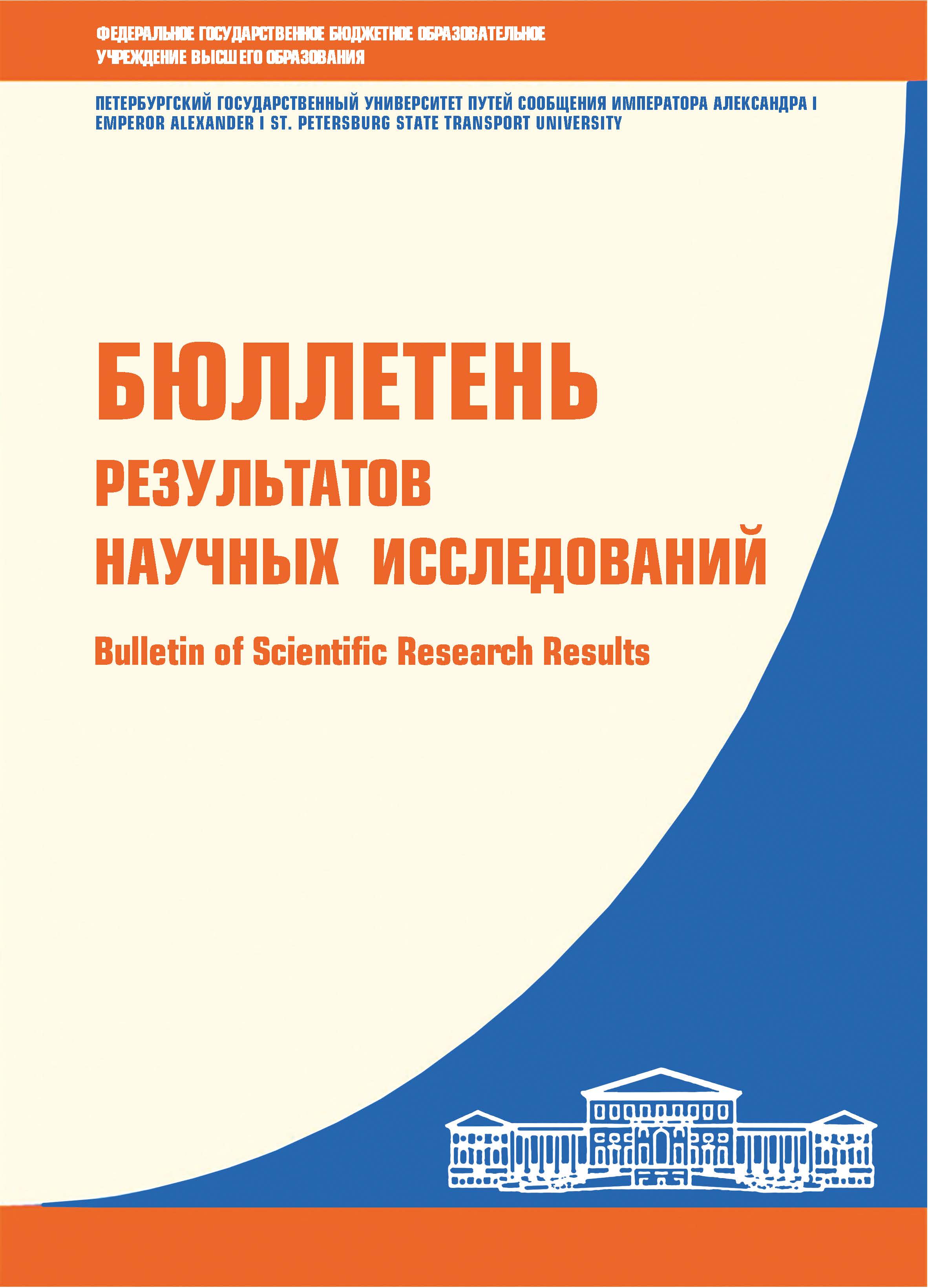Purpose: Meta-analysis of data on the dynamics of dangerous natural phenomena in developing countries that experience the consequences of climatic changes occurring on a global scale. Methods: The contribution of BRICS to global greenhouse gas emissions based on an array of statistical data for the period from 1990 to 2019 has been evaluated. The total emissions of all types of greenhouse gases in BRICS countries from 1990 to 2019 is 391.91 GtCO2, while the contribution of the BRICS countries in 2019 amounted to 52.2% of the global emissions of greenhouse gases. Results: Dynamics of such natural disasters such as floods, waves of heat and cold, droughts, landslides, hurricanes in BRICS from 1990 to 2019 have been determined. A description of the most destructive emergency situations in the countries of the BRICS 2021 is given. Practical significance: Justification of the need to limit global warming caused by human activities, which requires limiting the cumulative emissions of greenhouse gases. Anthropogenic removal of CO2 can potentially remove CO2 from the atmosphere and preserve it in natural tanks for a long time. The complex nature of the climatic system determines a wide scatter in forecasts, but even minimal predicted changes can lead to large-scale natural emergency situations. In the BRICS it is advisable to make efforts to mitigate the climate change, stabilize the concentration of greenhouse gases in the atmosphere at a level that will prevent a dangerous anthropogenic effect on the climatic system, reduce greenhouse gas emissions, intensify activities aimed at adaptation to adverse consequences of climate change and promote cooperation in the countries research activities and systematic observations of the climatic system.
Climate change, carbon absorption, greenhouse gases, sustainable development, dangerous natural processes
1. CO2 and Greenhouse Gas Emissions Country Profiles. - URL: https://ourworldindata.org/co2-and-other-greenhouse-gas-emissions#co2-and-greenhouse-gas-emissions-country-profiles (data obrascheniya: 24.02.2023).
2. Titova T. Methodical approaches for durability assessment of engineering structures in cold regions / T. Titova, R. Akhtyamov, E. Nasyrova et al. // Lecture Notes in Civil Engineering. - 2020. - Iss. 49. - Pp. 473-478. - DOI:https://doi.org/10.1007/978-981-15-0450-1_49.
3. Nasyrova E. Geoenvironmental assessment of urban water bodies / E. Nasyrova, A. Elizaryev, S. Aksenov et al. // E3S Web of Conferences. - 2019. - Vol. 110. - Article № 02045. - DOI:https://doi.org/10.1051/e3sconf/201911002045.
4. Titova T. Accident at river-crossing underwater oil pipeline / T. Titova, R. Akhtyamov, E. Nasyrova et al. // MATEC Web of Conferences. - 2018. - Vol. 239. - Article № 06003. - DOI:https://doi.org/10.1051/matecconf/201823906003.
5. Kolos A. The effect of different additives on the swelling process of heavy clays / A. Kolos, V. Alpysova, G. Osipov et al. // Lecture Notes in Civil Engineering. - 2020. - Vol. 50. - Pp. 295-306. - DOI:https://doi.org/10.1007/978-981-15-0454-9_31.
6. IPCC, 2021: Summary for Policymakers. In: Climate Change 2021: The Physical Science Basis. Contribution of Working Group I to the Sixth Assessment Report of the Intergovernmental Panel on Climate Change. Cambridge University Press, Cambridge, United Kingdom and New York, NY, USA, pp. 3−32. - DOI:https://doi.org/10.1017/9781009157896.001.
7. BDChS. Centra issledovaniy epidemiologii katastrof. - URL: http://www.emdat.be (data obrascheniya: 24.02.2023).
8. Counting the cost 2021. A year of climate breakdown. December 2021. Dr Kat Kramer, Joe Ware. - URL: https://reliefweb.int/report/world/counting-cost-2021-year-climate-breakdown-december-2021 (data obrascheniya: 24.02.2023).
9. Technological Disasters: Trends & Transport accidents. Cred Crunch. - 2022. - № 65. - URL: https://www.cred.be/publications (data obrascheniya: 24.02.2023).
10. Natural Hazards & Disasters. An overview of the first half of 2022. Cred Crunch. - 2022. - № 68. - URL: https://www.cred.be/publications (data obrascheniya: 24.02.2023).
11. The interplay of drought-flood extreme events in Africa over the last twenty years (2002-2021). Cred Crunch. - 2022. - № 69. - URL: https://www.cred.be/publications (data obrascheniya: 24.02.2023).









